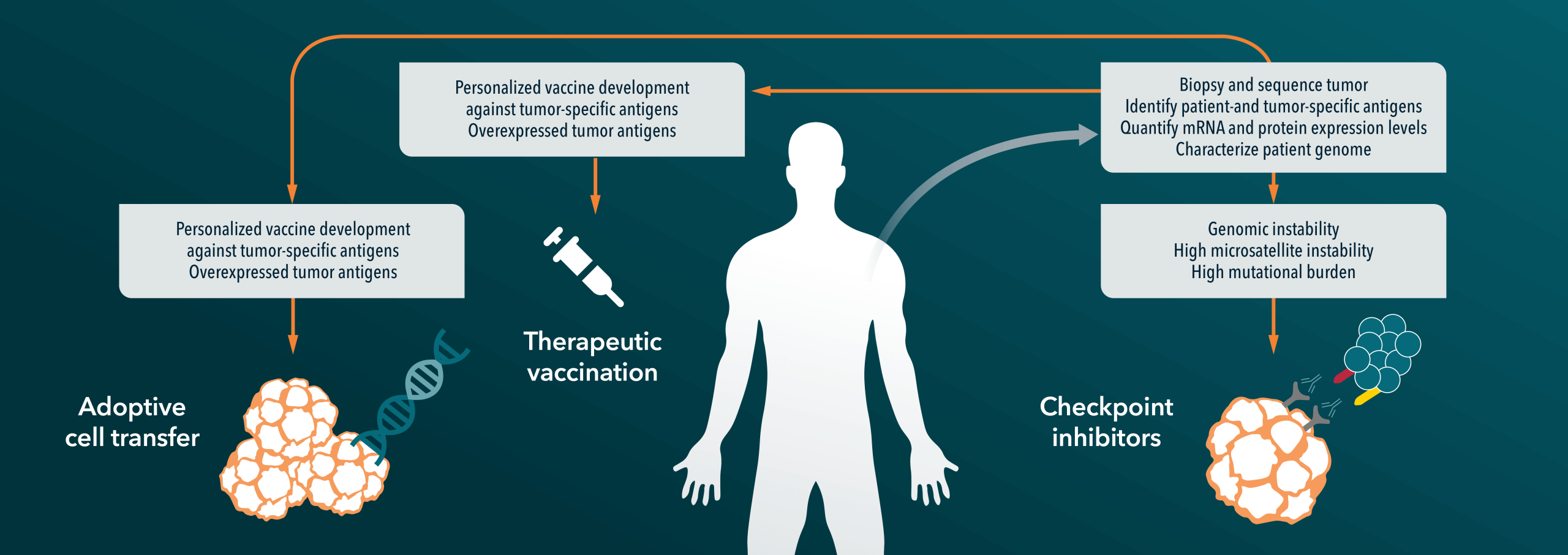
Everyone thinks immunotherapy makes the immune system stronger. Like turning up a dial. But that’s not right. It’s not about more. It’s about better. Precision over power. Specific signals over general strength. The body already has the tools. It just doesn’t always use them well. This treatment tries to correct that. Gently. Sometimes forcefully. Always with intention. That difference matters more than most people realize.
The first treatment didn’t feel like anything had changed
I sat in the chair. I waited. No burning. No nausea. No dizziness. I went home and wondered if anything even happened. Immunotherapy doesn’t always announce itself. There’s no immediate sign. No guarantee. It can take weeks to show anything. That silence can feel like nothing. But something’s happening underneath. Quiet movements. Internal rewiring. You just have to wait.
They told me it might not work, and I wasn’t sure what that meant
The doctor explained everything carefully. “This might help,” he said, “but it doesn’t always.” That stuck with me. Most treatments have numbers. This one has variables. Biomarkers. Predictors. Hints. But no certainties. I learned about PD-L1. About T-cells. About mismatch repair. I nodded, pretending to understand. Later, I looked everything up. The words didn’t promise. They only pointed.
I had to qualify for the treatment, which felt strange
There were tests. Scans. Tissue samples. More tests. Not everyone is eligible for immunotherapy. I thought that meant fairness. But it’s about response. If your tumor doesn’t express certain markers, it may not respond. That limitation is real. And it matters. Some people aren’t given the option. Not because they aren’t worth it. But because science hasn’t caught up yet. That truth is hard to sit with.
The side effects were not what I expected
I was ready for hair loss. Vomiting. Weight drop. Those didn’t come. Instead, I got inflammation. Skin rashes. Fatigue that didn’t fade with sleep. Joint pain. They said it was the immune system attacking normal tissue. Ironic, isn’t it? The very defense turned inward. Collateral damage. Manageable, but uncomfortable. It made me think—healing doesn’t always feel good.
I learned the immune system doesn’t always stop where it should
My lungs got tight. My thyroid slowed. I developed a low-grade fever without an infection. The scans were clear. But my body was confused. Still active. Still hunting. It didn’t know when to quit. The doctors called it immune-related toxicity. A long phrase for something I couldn’t see, but definitely felt. That’s when they adjusted the dose. Paused treatment. Waited. Sometimes stopping is part of the process.
It’s not one drug—it’s a category with moving parts
I thought immunotherapy meant one thing. One solution. But it’s a family of treatments. Checkpoint inhibitors. CAR T-cell therapy. Cytokine therapy. Each works differently. Some release brakes. Some boost signaling. Some re-engineer the cells entirely. The variety is complex. It’s not about finding the strongest one. It’s about finding the right one—for the right person, at the right time.
I didn’t expect decisions to keep happening after treatment began
I thought once I started, I’d just follow a plan. But the plan kept shifting. New tests. New reactions. A second opinion. More waiting. Immunotherapy isn’t linear. It adjusts constantly. It responds to the body’s choices. That can be frustrating. But it also means it’s alive—responsive in ways chemotherapy never was for me.
I had to explain it to people who thought I wasn’t getting real treatment
Some people asked why I still had my hair. Why I looked okay. They thought real treatment meant visible decline. I told them I was on immunotherapy. They nodded but didn’t understand. I stopped explaining after a while. Just said, “It’s a newer approach.” Because what they wanted was visible struggle. What I had was invisible effort. Quiet battle. Internal shifts. That’s harder to narrate.
I didn’t realize how much patience it would take
You don’t always see quick results. Scans look the same. Symptoms shift unpredictably. Hope flickers. Doubt creeps in. The body takes its time. That’s the hardest part. You keep showing up, even when the proof doesn’t. You trust something is happening beneath the silence. That kind of belief wears thin. But it’s part of the deal.
When it worked, it worked differently than anything else had
My scans showed reduction. Not disappearance—but change. The growth slowed. Then reversed. It wasn’t dramatic. Just steady. No massive side effects. No destruction. Just a quiet undoing of what had built for years. That’s what felt different. Not just recovery—but redirection. A shift in momentum. Like my body finally recognized what didn’t belong.
Source: Treatments in Dubai / Treatments in Abu Dhabi
